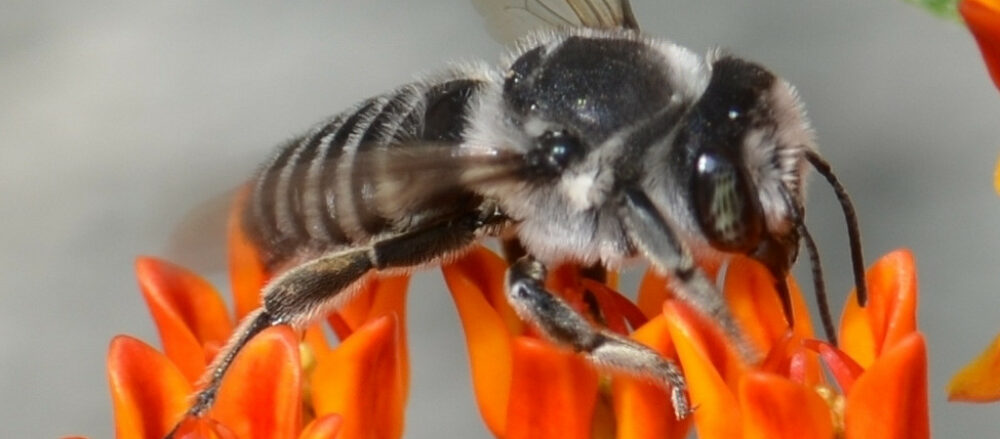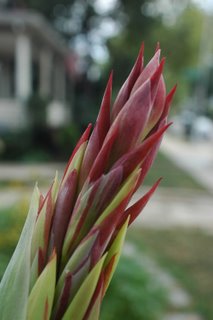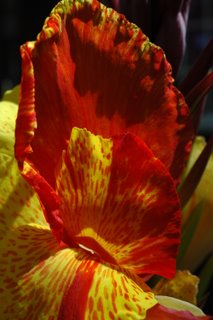Hemerocallis, Daylily, June 21, 2008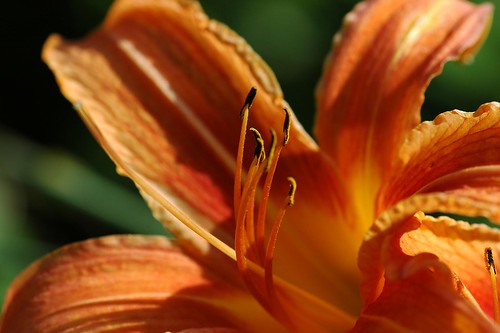
Just some quick photos of plants recently or currently blooming in my garden. The first few were taken two weeks aga.
Meta
I’ve changed my feedburner feed to remove the merged feed of photos from my Flickr site. I sometimes upload scores or hundreds of photos at a time. Also, often those photos are of events that are of more local community and less general gardening interest. For both these reasons, I think that including my photos interferes with the main use of the feed: subscribing to updates to this blog.
Those of you who want to keep tabs on my updated photos can still do so. My Flickr photostream has its own feed, available in either RSS or Atom format. You can subscribe to my photos directly from there.
Daylilies
I don’t “collect” daylilies, at least not the way I try to collect Hosta or native plants. We inherited a few with the gardens when we bought the house. For that reason, I consider them to be “passalong” plants: dependable, sturdy, hardy, tolerant of neglect, vigorous, and so on. I gave away several clumps this Spring. I’ll have more to give away over time.
Hemerocallis, Daylily, June 21, 2008
Native Plants
Ascelpias incarnata, Swamp Milkweed, June 21, 2008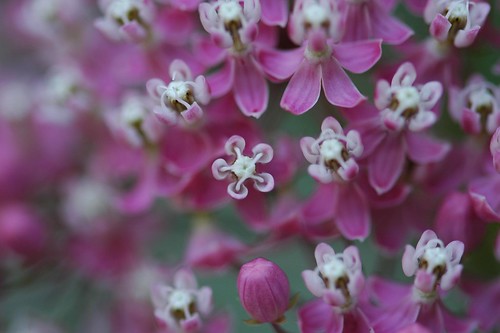
Echinacea pallida, Pale Coneflower, June 21, 2008. This photo was used to illustrate “Coneflowers: America’s Prairie Treasures”, by Barbara Perry Lawton, in the Summer 2009 edition of the Brooklyn Botanic Garden’s “Plants & Gardens News.” 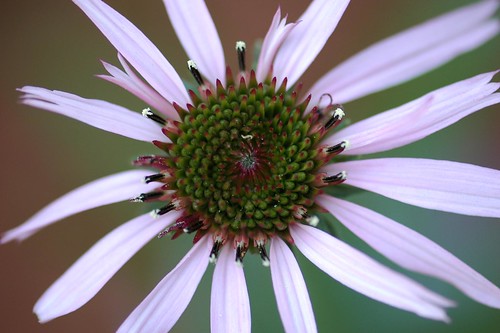
The Shady Path
In this short section of the shady path on the north side of the house, I have my two big-leaved monsters: Rodgersia pinnata, on the right, and Kirengeshoma palmata, on the left. The Rodgersia has a lot of drought damage from our heat wave a few weeks ago, but it’s off-frame of this photo. I’m keeping a close watch on the Kirengeshoma, as it also crisps up at the slightest hint of drought. There are buds on it now, which mature very slowly into waxy yellow bells. It benefits here from its location next to my neighbor’s mixed border, which gets watered by soaker hose.
Both of these plants are several years old, possibly even a decade. I’ve lost track of when I purchased them. They’re slow-growing, but continue to increase in size every year, despite never being divided in all that time. They are well worth the wait.
I used to keep the Kirengeshoma in a large container, which I could never water enough. It’s much happier in the ground. Both of these plants would prefer constant moisture. I have long-term plans to build a rain garden in the shady part of the front yard. When the time comes, both of these plants will be very happy there.
Nestled between them in the foreground is a small, yellow-leaved, purple-flowering Hosta. I’ve lost the id for this. I think it might be ‘Little Aurora.’ Any Hosta aficionados out there who can weigh in on what this might be?
Heirloom Canna
Last to share with you today is the Heirloom Canna ‘Mme. Paul Caseneuve’ blooming in a large, glazed container in the front yard. This is the same specimen that I grew for the first time last year. I overwintered it in the same container in an unheated, but enclosed, section of the front porch. I’m surprised it came back.
It doesn’t look as pink as I remember it from last year. The color is more apricot/salmony this year. At least it’s got the same bronze foliage.
Related Content
Heirloom Canna “Mme. Paul Caseneuve”, August 17, 2007
The Shady Path (Flickr photo set)
